Last month, Typhoons bombed terrorists in a cave in northern Iraq.
According to the Ministry of Defence in a strike update, on Thursday the 21st February, two Typhoons were tasked with an attack on a cave in northern Iraq where a group of terrorists had been spotted, some ten miles east of Tal Afar.
Coalition surveillance aircraft carefully checked the surrounding countryside for any civilians who might be placed at risk, before the Typhoons used two Paveway IVs to collapse the entrance to the cave.
British aircraft have delivered air attacks to assist the SDF with operations on the ground, while conducting daily reconnaissance missions around Baghuz, eastern Syria.
Coalition aircraft also remain available to assist the Iraqi security forces as necessary, to prevent Islamic State from re-establishing a presence in the country.
Background on Operation Shader
By September last year, the Ministry of Defence had announced that over 1,000 personnel were engaged in theatre and that the Royal Air Force had conducted around 1,000 airstrikes, flying over 2,800 sorties, killing over 3,000 Islamic State fighters.
Last year, it was reported that the Royal Air Force was operating at its most intense for 25 years in a single theatre of operation which far outstripped the UK involvement in Iraq and Afghanistan – RAF jets have dropped 11 times more bombs (1,276 strikes) on Syria and Iraq in the preceding 12 months than they had in the busiest year of action in Afghanistan a decade previously.


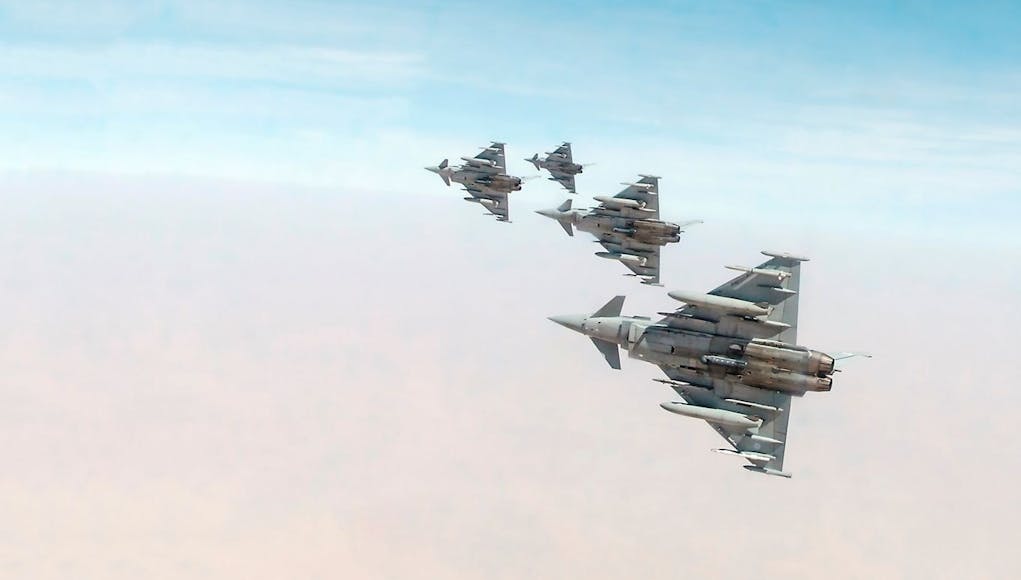
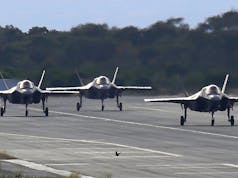
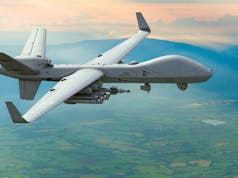
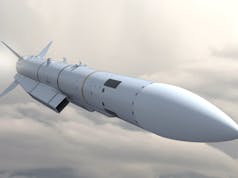

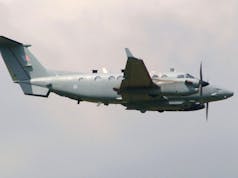

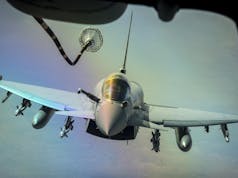




And sadly some positive stories are not reported here – such as the work of the OPV fleet, some ship homecomings after deployment, and stories about the members of our military stationed in far-flung parts of the world. Did you know that the RAF recently scrambled to assist a French yacht off the Falklands? Or that (as I mentioned elsewhere) HMS Mersey responded to aid a mariner in distress at sea? Or that when two minesweepers returned from deployment last year, a member of each of their crews took the opportunity to pop the question to their other half? Only one was reported on here. Such positive stories can only help to aid how our military is perceived at home and by our colleagues overseas and I feel we should be reporting such things as well as the traditional postings.
I’d personally collate the stories surrounding RAFs involvement in Syria/Iraq to one fortnightly update about what has happened. I don’t think a story is needed here every time a plane drops a bomb.
Then by all means, write them up and send them in. We’re volunteers.
What I find frustrating is the cost per sortie and munitions etc to destroy a shed, Hilux or a JCB……
Agree on the munitions.
On the article content I’m just grateful we have a forum on which to discuss!
Maybe members can submit articles to help George?
Geoffrey wrote an excellent piece last year on the then on going LPD situation.
Harry the cost is high because the military are striving very hard to use precision weaponry for every strike. They do not want to inflame tensions and worsen hatred of the west by accidentally hitting a home and killing an entire family or a school bus.
The cost is high because the RAF use their fast jets. They have little else. If they were to use a Predator+LMM it would cost less but that would mean they would get less of a reason to have the fast pointy expensive toys, less budget for themselves and crucially there would be more budget for other services such as the FAA or AAC.
At least this time we won’t have to fund the cost of rebuilding the damage.
No.